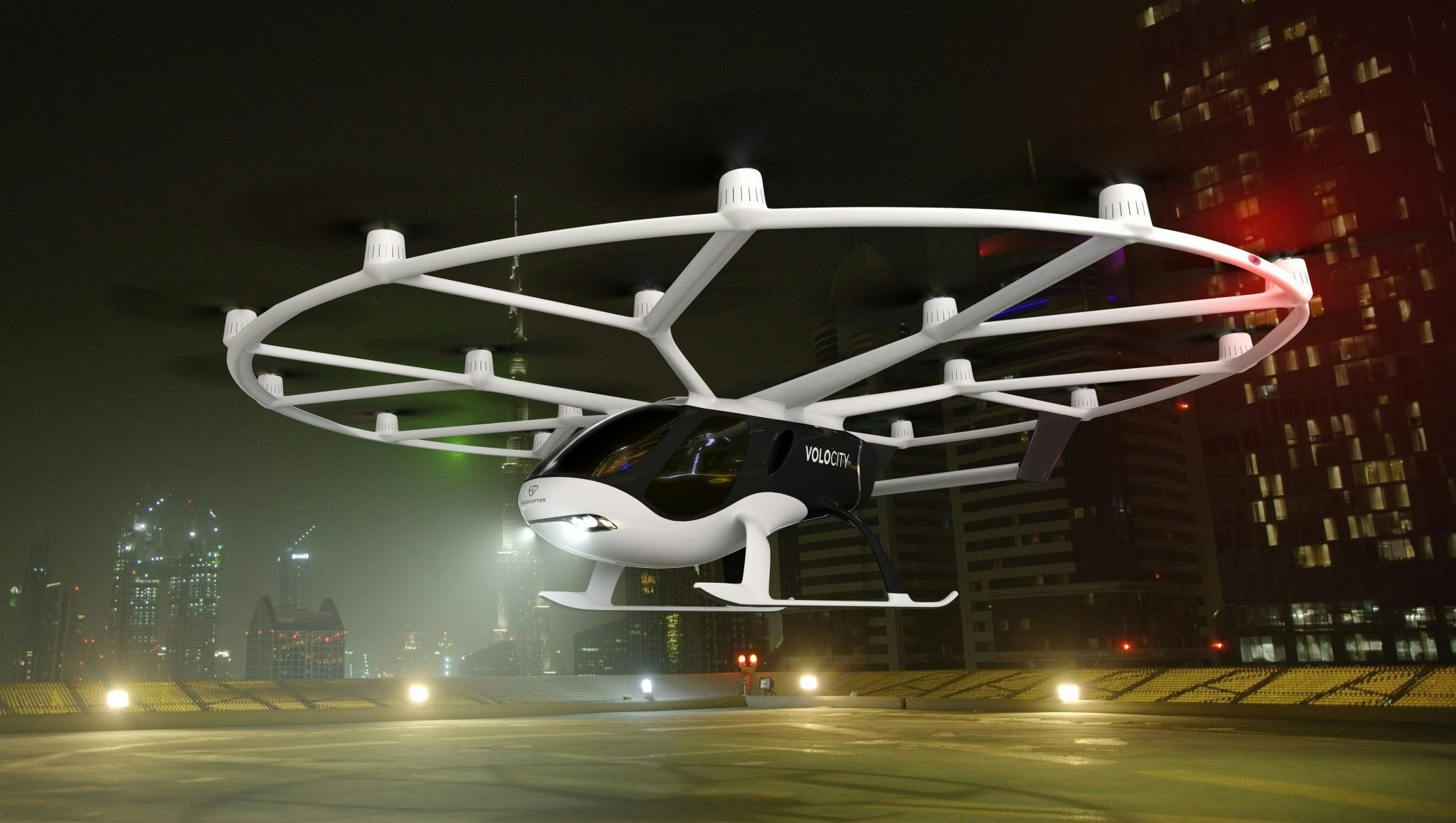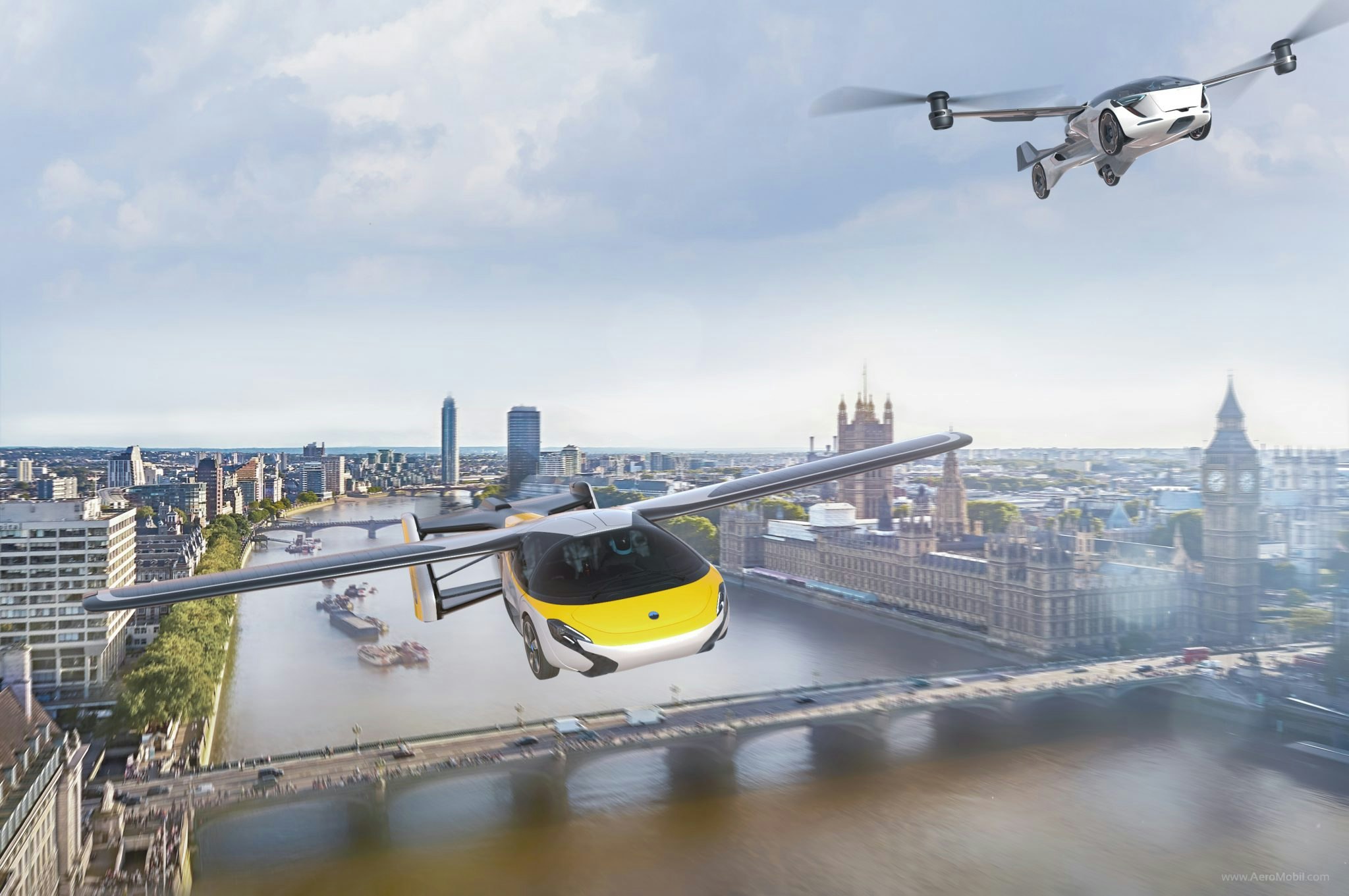It is sunset and the flying car takes off from the top of a corporate rooftop against a technicolour sky. It soars over the twinkling lights of a city before coming to land in a space-age, chrome-and-glass “vertiport”. As the thumping action-movie soundtrack builds to a crescendo, you half expect Christian Gray, or some other billionaire fantasy figure, to stride out of the aircraft.
So goes the marketing video for many of the flying car companies I saw at the Global Urban Air Summit last week. And it’s terrible.
The number one issue for the flying car sector is public acceptance. The idea that these devices are going to be sold as toys for billionaires is exactly the wrong way to win over local city authorities who, ultimately, are going to be deciding the fate of whether flying cars are allowed to fly or not.
Launching a new technology in the age of populism needs to emphasise its social utility, not its ability to create a new status-symbol or make life slightly easier for the rich.

There were some good parts of the conference.
The Summit, held for the first time this year, was a definite sign that the flying car — or urban air mobility vehicle as those in the industry like to call it — is starting to be a serious business. The Farnborough Conference and Exhibition centre was full of smart people, including folk from the US Federal Aviation Authority, the UK’s Civil Aviation Authority, Nats, the UK air traffic control service, Nasa, Boeing, Airbus and a bunch of people who know an impressive amount about aerodynamics.
I learned two things very quickly:
- At this kind of conference, you should never call them “flying cars” unless you want to make people wince. It is an electric vertical takeoff and landing craft (eVTOL) or a short take-off and landing craft (STOL) or possibly something else with an acronym. Probably also best not to say “oh, it works a bit like a giant vacuum cleaner” when someone explains the tech (apologies Jetcopter).
- The thing these companies are most worried about is public acceptance (which is why the marketing videos were so baffling).
Mildred Troegeler, director of global airspace integration at Boeing, made the point eloquently: “We need to show the value of these operations. If people cannot relate eVTOLs to their daily lives we will not get public acceptance,” she said, voicing a sentiment that came up repeatedly in every conference session.
This is not an unreasonable fear. The last time that a new aviation technology was introduced, the Concorde in 1969, the project was nearly derailed by people protesting against the noise of the super-sonic boom. For the first two years after launch, the only routes Concorde could fly were relatively obscure ones (London- Bahrain, Paris - Rio de Janeiro, and Paris - Caracas). The US Congress initially banned landings in the US, meaning the potentially most lucrative North American routes remained on hold.

Noise is also a big concern for urban aircraft. Electric aircraft may be quite eco-friendly, but vertical liftoff requires quite a lot of rotor action or blowing of air. It is not at the level of a sonic boom or even a helicopter — more like a passing truck or neighbour’s lawn-mower — but it is not noise-free.
“Noise will be an issue,” admitted Francois Sillion, a director or Uber, which is planning to launch a flying taxi service in Dallas, Melbourne and LA by 2023. No one is going to immediately relish the idea of a busy vertiport being built near their house.
So how do companies avoid becoming the target of protestors?
One answer is to build the first flying car operations in countries where the general public has less of a say. That is certainly the strategy of Skyport, a startup that makes airports for urban air vehicles. It will launch the first such vertiport in Singapore in October, in part, said Duncan Walker, the company’s co-founder and managing director, because “Singapore is less concerned about public acceptance, they are more keen to be the first to have the technology.”

No fear of protests in the city state — strict laws make public demonstrations extremely rare in Singapore.
But the approach in the west has to be trying to make the technology seem a bit less elitist.
Here’s a fun fact: According to Ricky Sandhu, founder of Six Miles Across London, an architecture and design consultancy, studies have shown that people perceive noises as 5 decibels louder if they cannot see the public utility of the thing making the noise. So people will generally find the sound of an air ambulance much less grating than the noise from an oligarch’s helicopter.
When companies like Uber and Lilium Jet do talk about creating an air taxi service accessible to everyone, this is a good strategy. Even better would be building the first vertiports near hospitals and dedicating a few of the early urban air vehicles to emergency medical services. Nothing like saving a child’s life to make people feel positively about you.
And maybe change the marketing.


